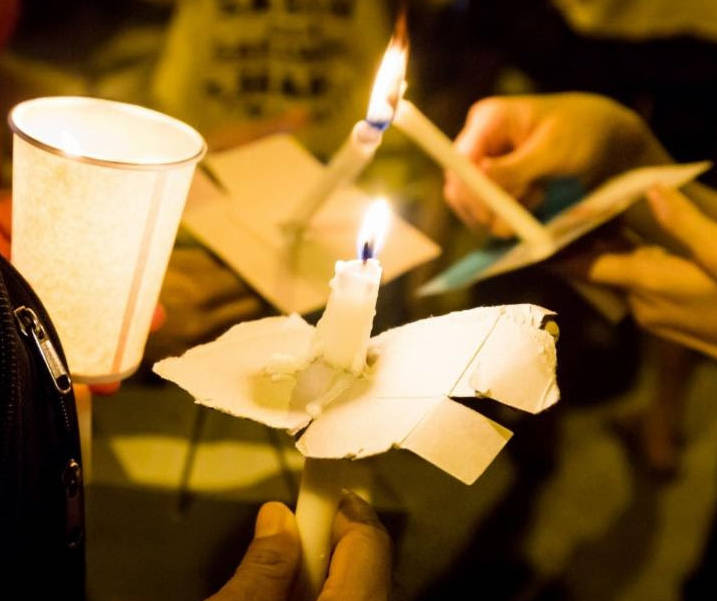Preserve expands
The Ted Olson Nature Preserve has been expanded by 2 acres.
The Bainbridge Island Land Trust and the neighborhood-led group Friends of Ted Olson had a fundraising drive to expand the park and save critical habitat. The land trust also was helped by a grant from the BI Parks Foundation and a financial commitment by the BI Metro Park and Recreation District to purchase the property.
When the neighborhood group heard the parcel adjacent to the Preserve was at risk of development, it approached the land trust for help. With nearly 2 acres of mixed alder and conifer forest and a native plant understory featuring salmonberry, salal, fern, skunk cabbage, and more, these additional acres protect portions of a larger wetland complex and build upon an existing wildlife network, participants said in a news release.
Equity signs
Bainbridge Island staff recently installed 18 signs across the island as part of a race equity awareness project to inform visitors and residents that all are welcome.
The welcoming sign project started in 2019 as an effort of the city’s race equity advisory committee. The committee selected three designs for signs that were placed in six locations across Bainbridge Island: Agate Pass, Waypoint Park, ferry terminal, Lynwood Center, Blakely Harbor and Battle Point Park. The signs, which cost $6,700, were paid for with funds set aside for diversity, equity and inclusion efforts.
Equity vigil, march
The Race Equity Advisory Committee on Bainbridge Island is planning two events to “Stand Together in Solidarity” with the Asian community and all other people of color.
The first is April 17 at 7 p.m., a candlelight vigil at Waterfront Park. The second is April 18 at 2 p.m., a march from Highway 305 and Winslow Way to City Hall.
Tree removal
In the next few weeks Bainbridge Island is preparing to improve public safety in Waterfront Park by removing a second round of hazardous trees.
The initial phase was completed in 2020. The plan will include the treatment of 24 hazard trees – five ones will be removed, 14 dead ones will be converted to habitat snags, and five live trees will be pruned.
The recommendations were developed by the city’s arborist, who also made recommendations for the re-planting that is required by city codes. That plan includes six full-size trees and 10 large native shrubs, and is intended to add diversity to the park’s plant community.


